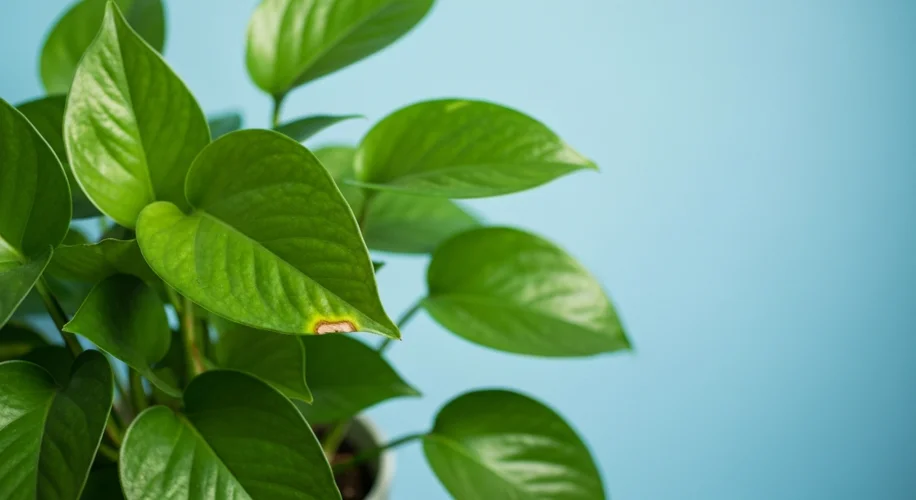Hey everyone, Elias here!
While my passion truly lies in the outdoor garden, I’ve learned over the years that many of the principles of plant care translate right over to our indoor green companions. Recently, a reader reached out with a common, yet concerning, houseplant issue: brown spots appearing on their beloved Pothos. It’s a problem many of us face, so let’s dive into how we can troubleshoot this together.
Understanding the Brown Spots: It’s Usually About Watering or Light
Pothos (Epipremnum aureum), also known as Devil’s Ivy, are generally pretty forgiving plants. But like any living thing, they have needs! Brown spots are a sign that something isn’t quite right. The most common culprits are related to watering and light exposure.
1. Overwatering: This is a big one for houseplants. If the soil stays consistently soggy, the roots can’t breathe and start to rot. This can manifest as brown, mushy spots on the leaves, often starting from the edges or tips. The leaves might also turn yellow and droopy before the brown spots appear.
- The Fix: Always check the soil moisture before watering. Stick your finger about an inch or two into the soil. If it feels damp, hold off. Ensure your pot has drainage holes so excess water can escape. If you suspect root rot, you might need to repot your Pothos in fresh, well-draining soil and trim away any rotten roots.
2. Underwatering: While less common for Pothos to get distinct brown spots from this, prolonged dryness can lead to crispy brown edges and tips. The leaves might also start to curl inwards.
- The Fix: If the soil is bone dry, give your Pothos a thorough watering until water drains from the bottom. Then, stick to a more regular watering schedule based on soil moisture checks.
3. Low Humidity: Pothos are native to tropical regions and appreciate a bit of humidity. Dry air, especially in winter with indoor heating, can cause the leaf tips and edges to dry out and turn brown.
- The Fix: You can increase humidity by misting the leaves occasionally (though this is a temporary fix), placing the pot on a pebble tray filled with water, or grouping your plants together. A humidifier is also a great option.
4. Sunburn: While Pothos prefer bright, indirect light, direct sunlight can scorch their leaves, leading to crispy brown patches. If you see brown spots appearing after the plant has been in a particularly sunny spot, this could be the reason.
- The Fix: Move your Pothos to a location where it receives bright, indirect light. An east-facing window is often ideal, or a few feet back from a south or west-facing window.
5. Nutrient Deficiency or Chemical Burn: While less frequent, over-fertilizing or using harsh chemicals can damage the leaves, causing brown spots. If you’ve recently fertilized, consider this possibility.
- The Fix: If you suspect over-fertilizing, flush the soil with plain water. Avoid fertilizing during the plant’s dormant period (usually winter) and always follow fertilizer instructions carefully.
What to Do Now
First, carefully examine your Pothos. Where are the spots located? What is the texture? Is the soil dry or soggy? Once you’ve identified the most likely cause, make the necessary adjustments. Don’t be discouraged if it takes a little trial and error! Plants, like us, are learning and adapting.
I hope this helps you bring your Pothos back to its lush, green glory. Happy growing indoors!

